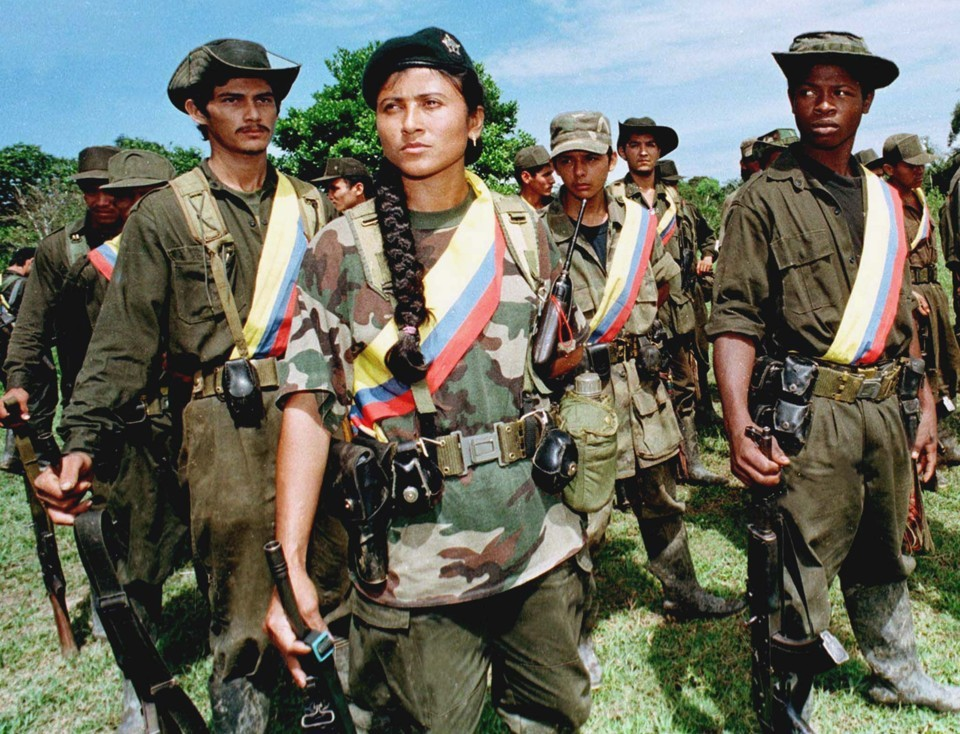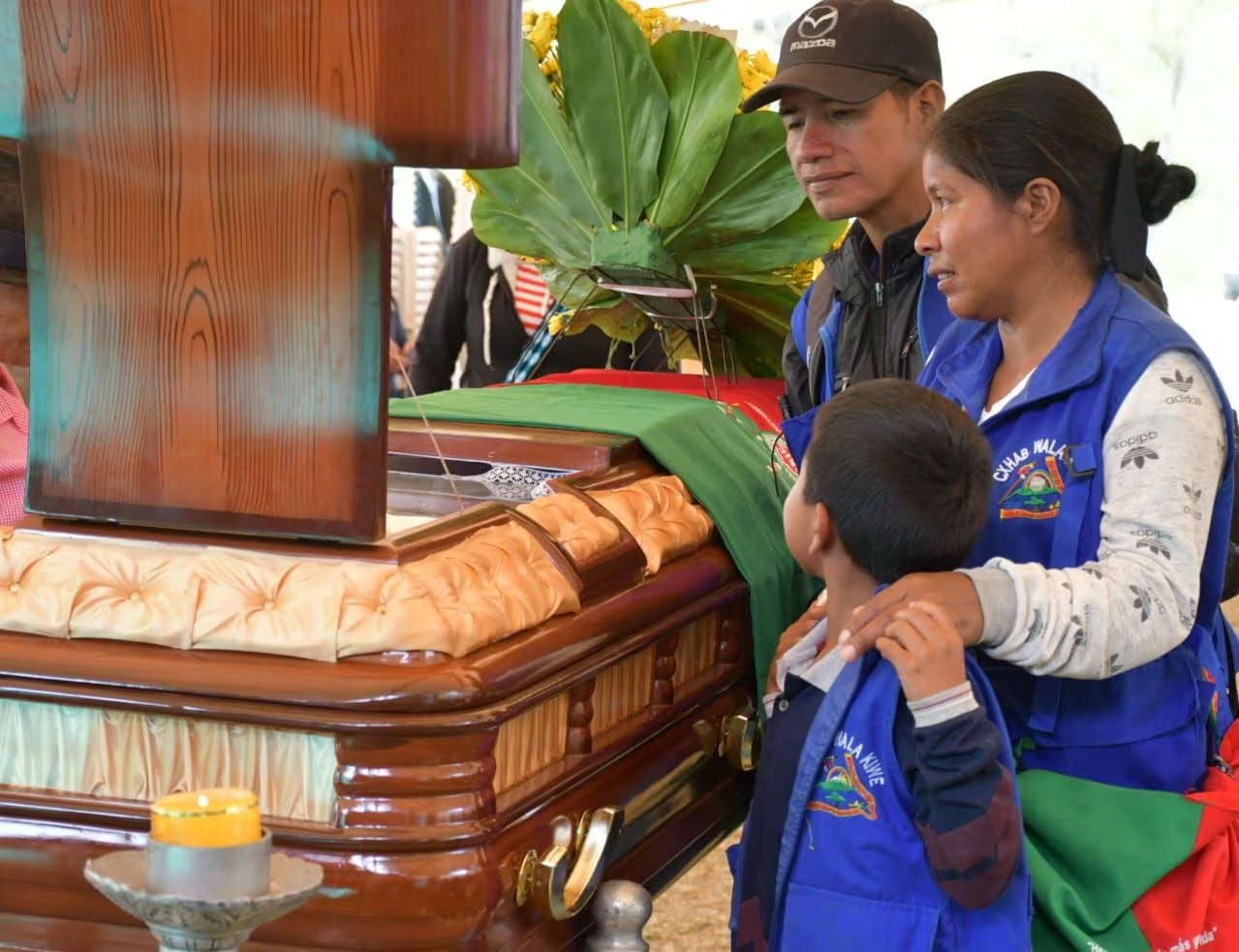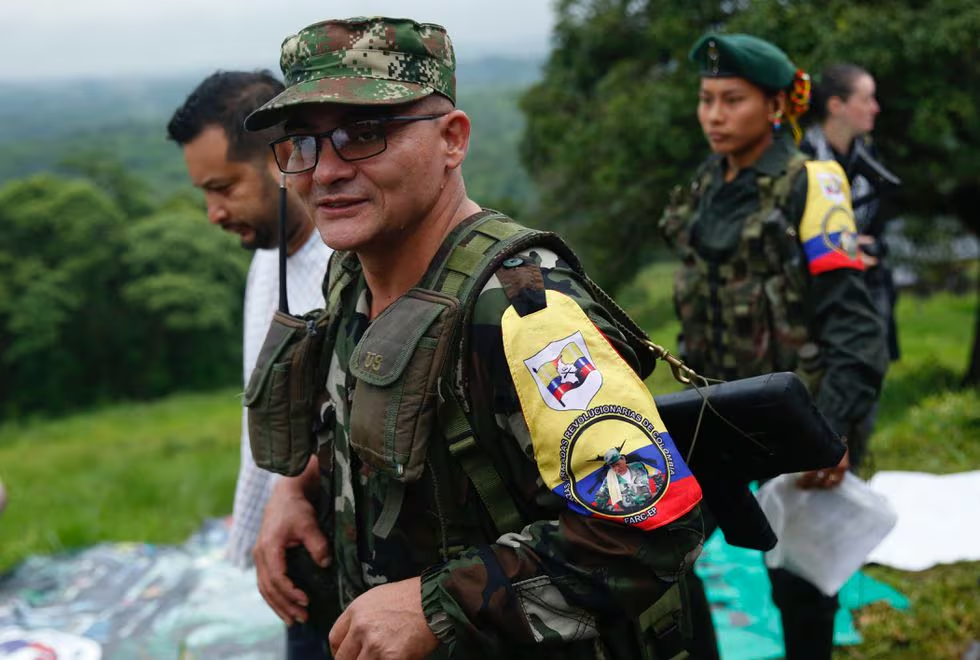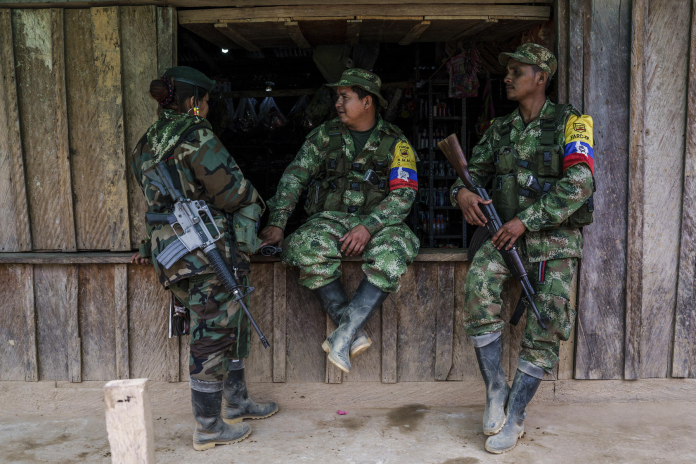A New Report of Violence:
A report obtained by Caracol Radio, a Colombian radio station, revealed the possibility of the Revolutionary Armed Forces of Colombia’s Estado Mayor Central (FARC-EMC) faction planning what has been labeled a “pistol plan” targeting members of the Colombian military, the National Police, and the Attorney General’s Office.
The report states that the FARC would initiate the plan in cities across Colombia, including Cali, Pasto, and Popayán, while authorities investigate if similar plans are set in Bogota, the nation’s capital.

Further attacks are planned in municipalities across Colombia including Caquetá, Nariño, and Arauca among others.
The plan supposedly aims to instill fear in members of the public services such as the military and police in order to limit their movements and operations, a strategy which has previously been utilized by the FARC and other armed groups active in Colombia and across the world.
The plan seeks to secure its goals by assassinating public officials at random, instilling fear in authorities as they perform their duties.
Authorities have been on high alert since the plan was unveiled, with General Helder Giraldo, the commander of the Colombian Military Forces, stating that there is a possibility that the Central General Staff seeks to send a message of unity and coordination, thus deciding to resume its offensive actions against the Public Force throughout the national territory.”
A Broken Truce:
This plan comes days after Colombian President Gustavo Petro dissolved the ceasefire between the FARC and the Colombian government after the FARC attacked an indigenous community, killing a community leader and wounding two others in the attack.
The community leader, Carmelina Yule Pavi, was killed after attempting to help two minors who were in the process of being kidnapped by the FARC, likely to serve as forced conscripts in the organization’s war against the government.

Attacks against this community did not stop, however, as the caravan that was transporting Yule’s body was attacked by the FARC.
The community would identify five of the attacker’s identities; those alleged to be responsible for the attack are known as Zapata, Brayan, Amazonas, Pulga, and Cabañas. The community further stated that if the FARC fails to release two other minors it kidnapped on Tuesday, the community will mobilize.
“During the night, we will call for a territorial mobilization like never before seen in the history of Çxhab Wala,” the Association of Indigenous Councils said in a post on Facebook, “which will be reinforced during the day tomorrow by the other territories of Páez, and we will proceed to rescue the minors.”
“Los que dispararon son unos cobardes”: el desgarrador testimonio de Francy Liliana Ascué, nieta de la líder indígena Carmelina Yule, quien presenció todo el ataque de las disidencias de Iván Mordisco contra una comunidad desarmada. https://t.co/if1kX8q65f pic.twitter.com/oYPxoZAWBw
— Revista Semana (@RevistaSemana) March 19, 2024
The ceasefire, which was originally brokered in October, was part of Petro’s plan to bring “total peace” to Colombia by engaging in diplomatic measures and negotiating ceasefires with the various armed groups active in Colombia, bringing an end to the decades-long conflict that has taken the lives of 450,000 people.
This plan, however, has faced backlash as protestors convened on the Plaza de Bolivar in Bogota last weekend, where they would decry the government’s lack of action against the FARC and other armed groups that they claimed continued violence against rural Colombians despite the ceasefire.
Following the broken truce, the Colombian military would engage in operations against the FARC, leading to a clash in Putumayo, located in southern Colombia.
The Colombian Military would state in a post on X after the clash that four members of the Carolina Ramírez Front, a part of the FARC, have been detained while “29 explosive devices, five rifles, a pistol, abundant ammunition, communications equipment, as well as quartermaster material have been seized.”
Analysis:
With the ceasefire between the FARC and the Colombian government fully dissolved, conflict between the two is sure to erupt in southern Colombia, where the FARC holds a great deal of power.
If the FARC is able to manage the planned “pistol attack” against authorities, we may see a decrease in the willingness and efficiency of authorities as their lives are randomly targeted by the narco-terrorist organization.
This also follows another offensive targeting both the FARC and another armed group, the National Liberation Army of Colombia (ELN), with authorities being authorized to pursue those with previously frozen warrants due to the ceasefire for allegedly killing “former FARC members, human rights defenders, and social leaders.”
FARC-EMC:
The FARC, otherwise known as the Revolutionary Armed Forces of Colombia, were originally leftist guerillas dedicated to bringing class revolution to Colombia during a period in the nation’s history known as “La Violencia,” otherwise known as the Violence. This period followed the assassination of the Liberal Party’s leader and presidential frontrunner, Jorge Eliécer Gaitán, in 1948, an assassination that would throw Colombia into chaos.
After his death, leftists in Bogota began what is known as the Bogotazo, a massive riot that quickly expanded across Colombia, leading to La Violencia. A number of right-wing paramilitary organizations and leftist guerilla groups would be formed during this period of Colombian history.
One of the most well-known was the Revolutionary Armed Forces of Colombia, or FARC. The group would find its formation after a failed attack in 1964 by the Colombian military on what was known as a self-defense community, one of a number of communist-held areas in rural Colombia. Despite the communists only having 48 active fighters opposed to the 16,000 Colombian soldiers, the group would survive the attack and escape to the nearby mountains where the FARC would be formed.

Since then, the FARC has operated as rebels, launching guerilla attacks on military convoys and strategic targets. Despite originally being made up of only 48 fighters, the group’s ranks would swell to the hundreds in later years. For much of its early history, the FARC would be limited to small-scale guerrilla encounters with government forces, but after what has been coined the “Coca Boom,” a period in which the production of cocaine skyrocketed, the group found itself with more funds to allocate to their operations.
The FARC would expand their operations into urban Colombia following the Seventh Guerilla Conference in 1982, largely due to their increase in funds. The group would also begin to send promising troops to the USSR and Communist Vietnam for advanced training.
The FARC would eventually agree to a momentous ceasefire with the government in 2016, which would see the bulk of the FARC disarmed and disbanded. Despite the ceasefire, however, a number of members of the FARC continued their operations against the government and the people of Colombia. This group would be known as the Estado Mayor Central, or EMC for short.


